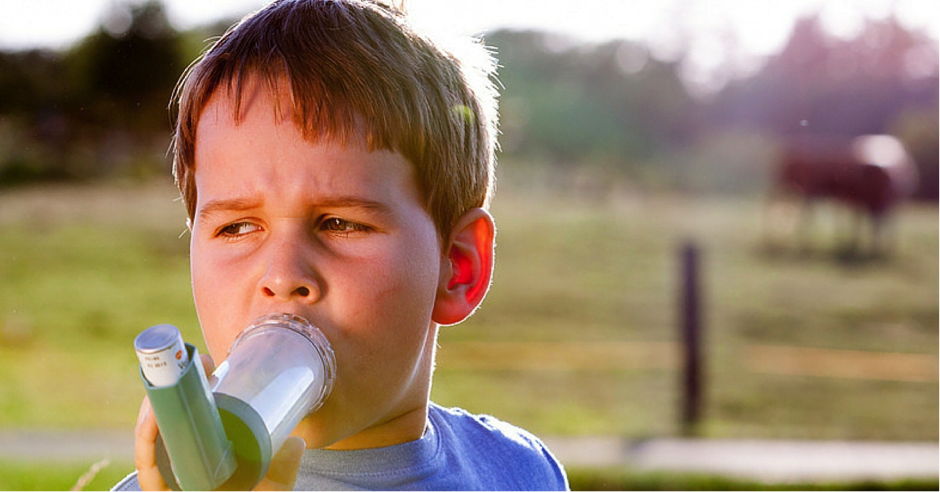Immunisation programmes are crucial to protect individuals and the community from outbreaks of dangerous diseases. The Australian government runs the Immunise Australia programme to protect its citizens. This post looks at various programmes, their objectives and how the community can benefit from them.
Why is immunisation important?
According to the Department of Health, ‘Immunisation is a simple, safe and effective way of protecting people against harmful diseases. It not only protects from life-threatening diseases but also dramatically reduces transmission in the community.’ According to the Immunise Australia Programme, since the introduction of the immunisation in 1932, deaths from vaccine-preventable diseases have fallen by 99%. World-wide, immunisation prevents an estimated 3 million deaths each year. In Australia, immunisation coverage rates for children are 90% at ages 1, 2 and 5. Experts consider this rate good enough to protect those who are too young to be immunised or can’t be for medical reasons.
What is immunisation?
Immunisation is giving a person the ability to resist a contagious, life-threatening disease. This is usually done by injecting a modified version of a bug to trick the body into producing antibodies, without getting the illness. These antibodies will protect the person against future infections.
Sometimes a vaccination could result in side-effects such as mild fever, rash or pain. Most of the time, they be treated with an OTC fever and pain-reliever like Panadol. The GP or the person administering the vaccine will provide complete information on what to expect for the next 48 hours. They will also list out the symptoms that should cause concern. More serious side effects could be a life-threatening allergy, so it is important to know the conditions under which a vaccination should not be administered. Speak to your GP to stay informed.
Who does the immunisation programme cover?
The Australian government funds several immunisation programmes. These are basically of three types: there is a childhood immunisation programme, from newborn to the age of 4, and there one for school-going children between the ages of 10-15, and a voluntary immunisation programme for life-threatening infections for vulnerable groups.
The childhood immunisation programme covers 13 infectious diseases for which the vaccinations are free. To encourage parents to stay up-to-date with these, family benefit payments have been linked to the programme. The programme for school-going kids between 10-15 years of age covers 3 vaccinations and is not linked to family benefit payments. And finally, the government funds free vaccines for seniors and those medically at risk. For instance, there is a shingles vaccination programme for those over the age of 70 and a flu vaccine for those at risk – suffering from heart disease, lung disease or asthma, multiple sclerosis, etc.
Immunisation is also available outside of government programmes – for instance, for travellers. While it is not funded by the government, the Department of Foreign Affairs and Trade has country-specific advice on preventive vaccination. This information is available on their website. It is a good idea to speak to your GP a few weeks before you travel and arrange for the shots to be taken a couple of weeks in advance. It is not advisable to leave it till the last minute.
The importance of the recommended schedule
The childhood immunisation programme provides a schedule of free vaccinations recommended at a specified age. This is not a random schedule but a scientifically devised one. Immunisation is most effective if a balance is achieved between body’s immune system and the need for protection at the earliest possible age. That is why vaccines are often broken up into doses to progressively increase the level of protection. In some cases, booster doses are introduced for added immunity. Remember that children under the age of 4, and particularly those under the age of 2, are most vulnerable to the devastating effects of serious diseases.
A recommended schedule is available on the government’s immunisation website www.immunise.health.gov.au. Several local councils hold immunisation clinics on a regular basis where the community have their children immunised. These clinics are run by doctors and qualified nursing staff. Details can be found on the council website. Your local health nurse would also have the information. Children can also be immunised on the recommended schedule by your GP. If for some reason, your child has not been immunised on schedule, a catch-up schedule is available or can be drawn up in consultation with your GP and paediatrician.
For other immunisation programmes, there is no specific calendar. If you believe you belong to a group medically at risk or vulnerable, your GP is your first port of call, and the right person to advise you. For instance, if you suffer from heart disease, or are over the age of 65, the GP may recommend you take a flu shot just before the season starts. This shot should be taken every year as the vaccine is amended to protect against the frequently mutating strains of the virus.
Immunisation should not be taken lightly. Whatever the age, make sure your GP has a record of all shots taken. Based on your age, health conditions and vulnerability, the GP will draw up an immunisation plan for you. Immunise, protect yourself and protect the community.




